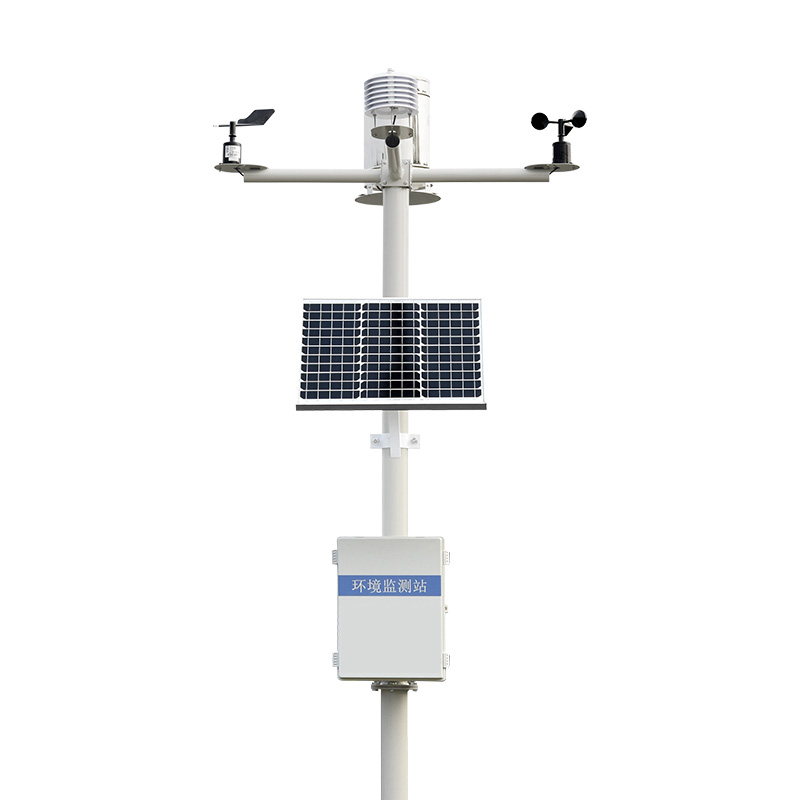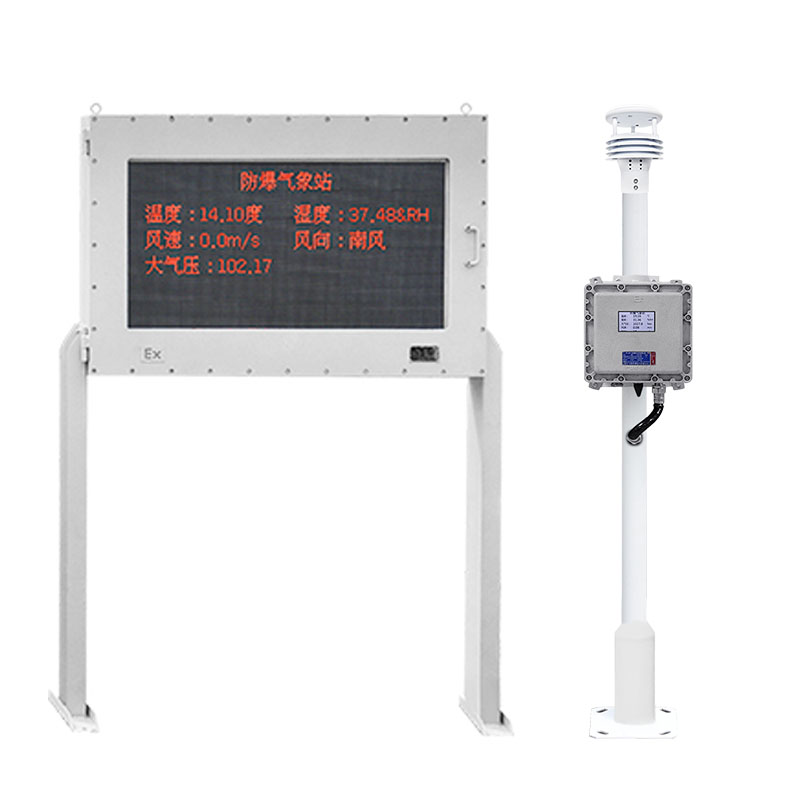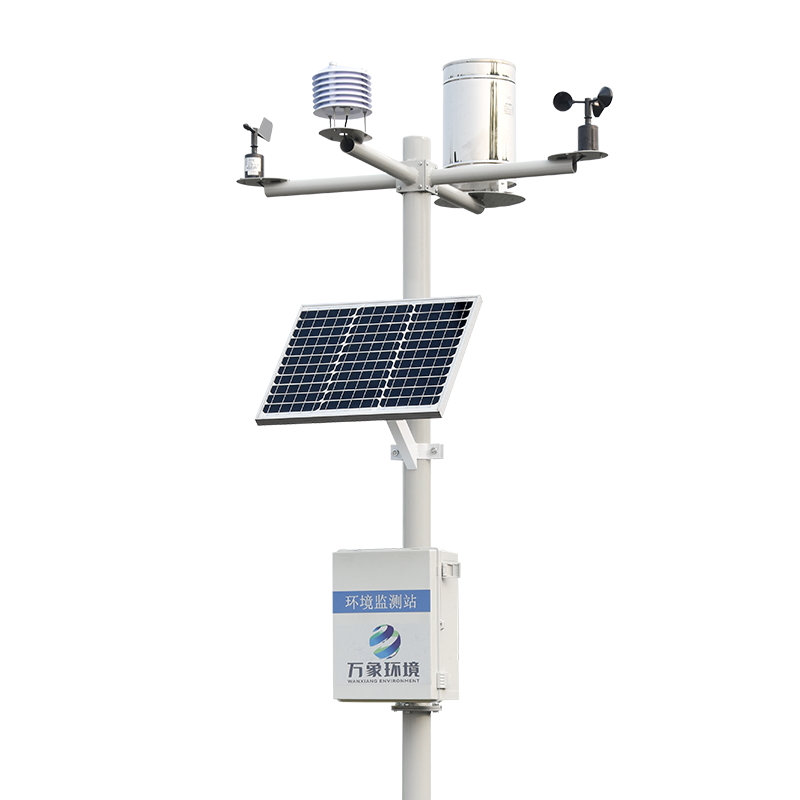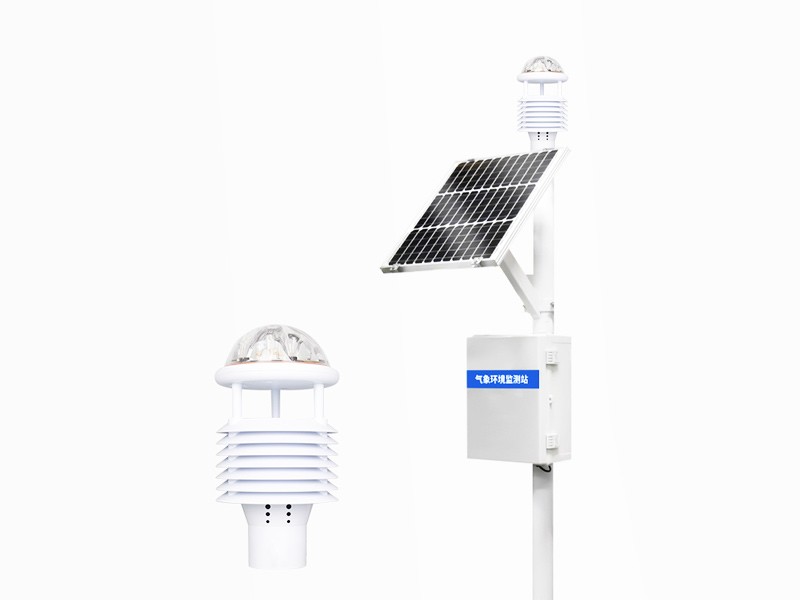The wind power icing thickness monitoring system is an important guarantee technology for the safe operation of modern wind farms. By monitoring the icing conditions of wind turbine blades and the surrounding meteorological conditions in real time, it provides key data support for the safe operation of wind farms. In cold regions or high-altitude wind farms, the icing of wind turbine blades is one of the main problems affecting power generation efficiency and equipment safety. The emergence of this monitoring system has effectively solved this industry problem.
The most core function of the WX-FDJB1 wind power icing thickness monitoring system is to monitor the icing thickness of wind turbine blades in real time. The formation process and thickness changes of ice can be accurately captured by sensors installed at key parts of the blades. Compared with traditional visual inspection or regular shutdown inspection, this online monitoring method not only improves efficiency, but more importantly, it can promptly detect the risk of icing, avoiding power generation loss or equipment damage caused by icing. The monitoring data is transmitted in real time to the control center, allowing staff to keep track of the icing conditions of each fan at any time, providing a scientific basis for de-icing decisions.
In addition to blade icing monitoring, the system also integrates comprehensive monitoring of the meteorological conditions around the wind turbine. Real-time data on wind speed and direction help determine the risk level of icing, while temperature and humidity data are used to predict the possibility of icing. The monitoring of parameters such as atmospheric pressure, optical rainfall and total radiation provides multi-dimensional environmental data for analyzing the mechanism of ice formation. The comprehensive monitoring of these meteorological elements forms a complete ice warning system, significantly enhancing the operational safety of wind farms.
In terms of data processing, the system uses intelligent algorithms to analyze the monitoring data. Through deep learning of historical data, the system can identify icing patterns under different meteorological conditions and predict the development trend of icing. This predictive ability enables wind farms to take preventive measures in advance, such as adjusting the operating parameters of wind turbines or activating deicing systems, to minimize the adverse effects of icing. Meanwhile, the system can also automatically generate ice risk assessment reports based on real-time monitoring data, providing decision support for management personnel.

Article address:
http://www.qxhjjc.com/en/newcen/1770.html


















 Home
Home phone
phone Product Overview
Product Overview Contact Us
Contact Us